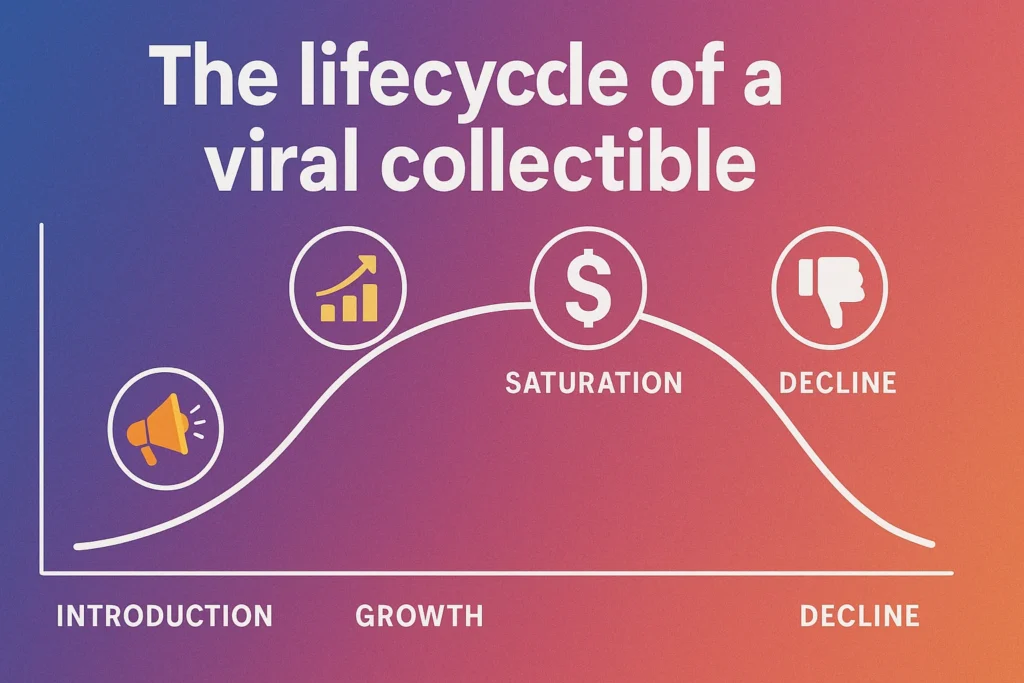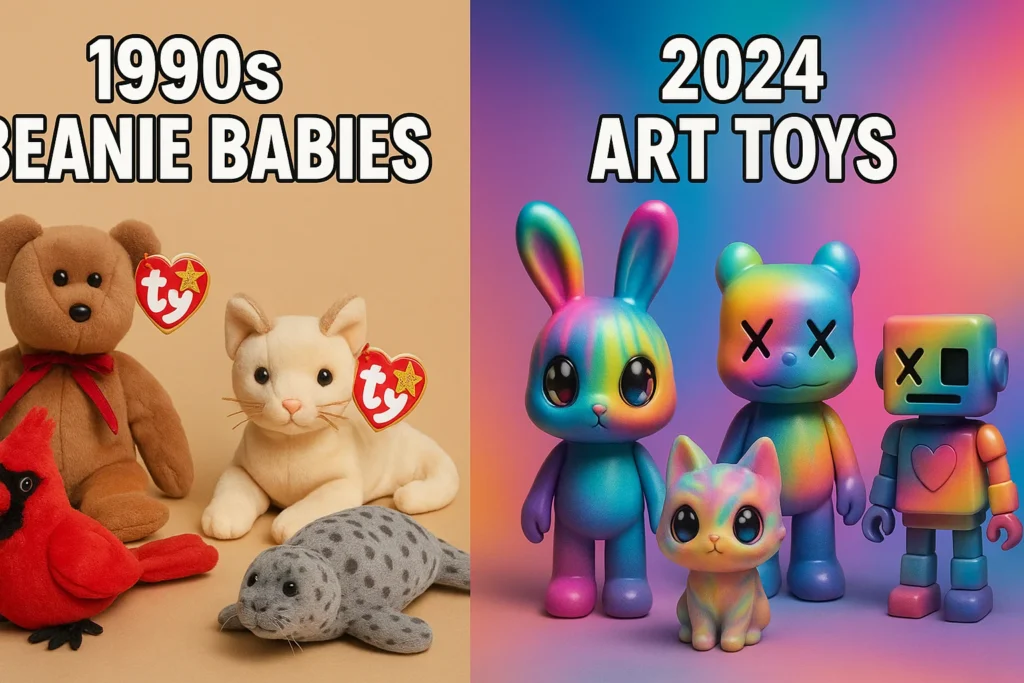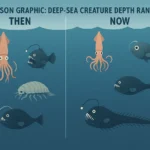From Playthings to Power Objects
A curious sight has become common in coffee shops worldwide – grown professionals sipping lattes beside $200 art toys instead of briefcases. The “kidult” collectibles market (toys designed for adult collectors) has exploded into a $15 billion global industry, with brands like Labubu, Jellycat, and Crybaby Baby leading the charge. This isn’t mere nostalgia – it’s a cultural shift in how adults cope with modern stressors.
The Psychology Behind the Trend
Escapism in the Digital Age
- 68% of collectors cite “mental health benefits” (2024 Collectors Survey)
- Tactile play reduces screen fatigue (NIH study shows 23% lower cortisol)
- Nostalgia triggers dopamine – brains reward childhood associations
The New Status Symbols
| Collectible | Average Resale Value | Celeb Sightings |
|---|---|---|
| Labubu Forest Series | $450+ | Seen with Billie Eilish |
| Jellycat Bashful Dragon | $180 (retail $50) | Carried by Emma Chamberlain |
| Crybaby Bunnies | $300+ for rare tears | Olivia Rodrigo’s Instagram |
“My Crybaby collection isn’t toys – it’s wearable art that happens to comfort me.”
— @PlushieArchivist (TikTok, 2.3M followers)
Market Mechanics: How Play Became Premium
Manufactured Scarcity Tactics
- Blind Boxes: 1:144 “secret rare” ratios create hunt mentality
- Artist Collabs: Takashi Murakami x Labubu spiked values 600%
- Viral Challenges: #PlushieShelfies drive 14M+ TikTok tags
The Secondary Market Boom
- StockX now trades plushies alongside sneakers
- Authentication services verify fur quality/stitching
- Insurance policies for collections exceeding $10K
Cultural Impact Beyond Collecting
Fashion Fusion
- Bags: Prada’s 2024 “Toycore” line features plush straps
- Jewelry: Melted crayon-inspired resin pendants
- Home Decor: Grown-up “playrooms” with designer shelving
Workplace Acceptance
- 41% of Gen Z/Millennials display collectibles at offices (LinkedIn data)
- HR departments now address “collectible discrimination” policies

The Dark Side of Cute
Emerging Issues
- Counterfeit flooding: 1 in 3 “rare” finds are fakes
- Financial stress: 22% of collectors admit to overspending
- Therapy trend: Some develop “FOMO anxiety” over drops
Ethical Concerns
- Plastic waste from packaging/vinyl figures
- Labor practices in manufacturing hubs
- Cultural appropriation in character designs
Future Forecast: Where Kidult Goes Next
- Digital-Physical Blends: NFT-backed AR plushies
- Therapeutic Validation: More psychologists recommending “play therapy”
- Luxury Expansion: LVMH expected to acquire a major art toy brand
Key Takeaways
🧸 Far beyond nostalgia – a complex coping mechanism
💸 Serious investment potential in limited editions
📱 Social media fueled but now mainstream
🏢 Blurring childhood/adulthood boundaries
⚠️ Requires mindful consumption to avoid pitfalls
FAQ
Q: What’s the most valuable collectible right now?
A: The Labubu “Zimomo Gold” figure sold for $8,250 in March 2024.
Q: Isn’t this just for young people?
A: Surprisingly, 38% of collectors are 35-54 (Statista 2024).
Q: How do I spot fakes?
A: Check for official holograms, stitching consistency, and paint bleed.
Q: Are there affordable entry points?
A: Yes! Jellycat’s Amuseable line starts at $25, and many artists sell mini prints.
External Links for Further Reading
“Inside the Secret World of Adult Toy Collectors“
This phenomenon reveals deeper truths about modern adulthood – sometimes comfort comes in fuzzy, collectible forms. As the lines between play and prestige continue to blur, one thing becomes clear: growing up no longer means putting away childish things.



